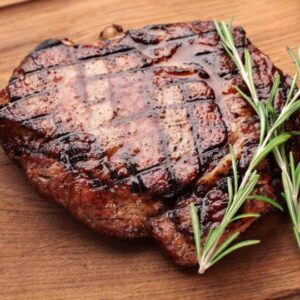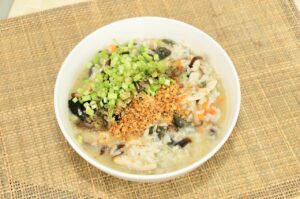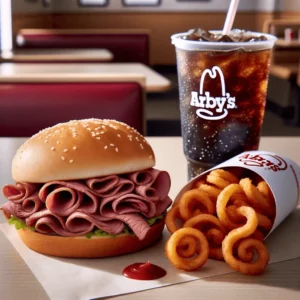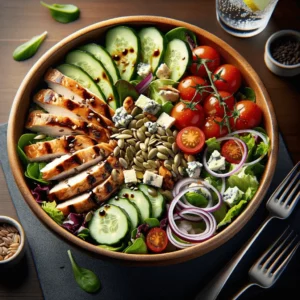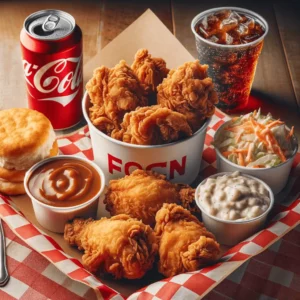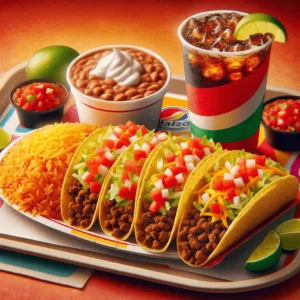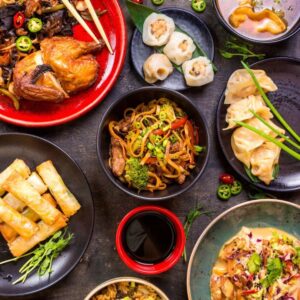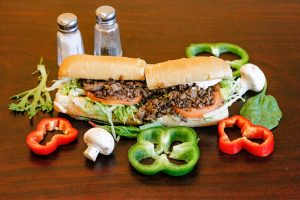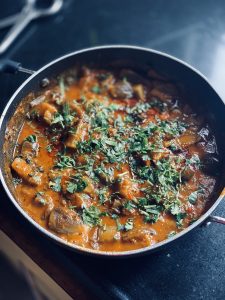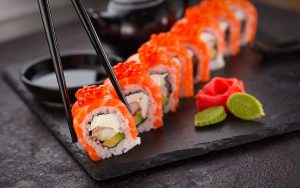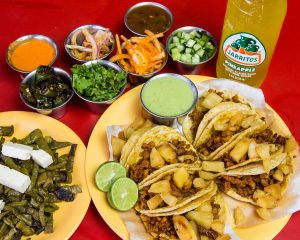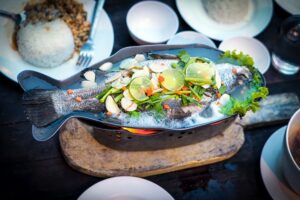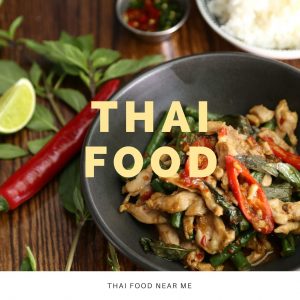The Symphony of Slurps: Ramen Restaurants
Ramen, a beloved Japanese noodle soup, has become a global culinary phenomenon, seducing palates with its intricate flavors and heartwarming broth. Ramen restaurants, from the bustling streets of Tokyo to the avenues of New York, provide an authentic experience of this iconic dish, each bowl telling its own story of tradition, innovation, and passion.
Unraveling the Ramen Bowl
Shoyu Ramen
Soy sauce-based broth, clear and brown, is the star in Shoyu Ramen. Typically paired with curly noodles, this type offers a salty, savory experience, garnished with bamboo shoots, green onions, and slices of chashu pork.
Miso Ramen
Originating from Hokkaido, the northernmost island of Japan, miso ramen has a rich, hearty broth made from fermented soybean paste. With a bolder and tangier flavor profile, it’s often accompanied by bean sprouts, corn, and ground pork.
The Tonkotsu Delight
Tonkotsu Ramen
Hailing from Kyushu, the southernmost of Japan’s four main islands, Tonkotsu Ramen is celebrated for its creamy, pork-bone broth that’s simmered for hours. The silky, milky broth is paired with thin, straight noodles and often topped with braised pork belly, wood ear mushrooms, and a soft-boiled egg.
Shio Ramen
The lightest of all ramen broths, Shio Ramen gets its flavor predominantly from salt. It’s a clear, yellowish broth often accompanied by springy noodles and a range of toppings like seaweed, spinach, and chicken.
Noodles & Toppings
Ramen Noodles
Depending on the type of ramen, the noodles can vary in thickness and curliness. They’re specially crafted to pair harmoniously with the broth, ensuring every slurp is a delight.
Common Toppings
Ramen bowls are often adorned with a variety of toppings, including narutomaki (fish cake), nori (dried seaweed), menma (fermented bamboo shoots), and ajitsuke tamago (marinated soft-boiled egg).
Conclusion
Ramen restaurants serve as gastronomic sanctuaries, inviting diners to immerse themselves in the rich tapestry of flavors and textures unique to each bowl. Beyond mere sustenance, a bowl of ramen offers solace, tradition, and a testament to the artistry of Japanese culinary craftsmanship.
FAQs
1. Why is the broth in some ramen bowls cloudy and in others clear?
The cloudiness in ramen broth, especially in Tonkotsu, results from boiling pork bones for extended hours. In contrast, clear broths like Shoyu and Shio are made by simmering ingredients at a lower temperature.
2. Can ramen be vegetarian or vegan?
Absolutely! Many restaurants now offer vegetarian and vegan ramen options, using vegetable-based broths and toppings like tofu, mushrooms, and seasonal veggies.
3. Is there a ‘proper’ way to eat ramen?
Traditionally, it’s ideal to slurp the noodles – it allows for aeration, enhancing the flavor while cooling the noodles slightly.
4. How is ramen different from other Asian noodle soups?
While there are many noodle soups in Asian cuisine, ramen stands out for its particular preparation method, unique broths, and specific noodle types. Additionally, the combination of toppings and broth flavors is distinctively Japanese.
5. How popular is spicy ramen?
Spicy ramen, often called “Kara Ramen,” has gained popularity, especially outside Japan. It’s made by adding chili-infused oil or paste to the broth for that extra kick.




